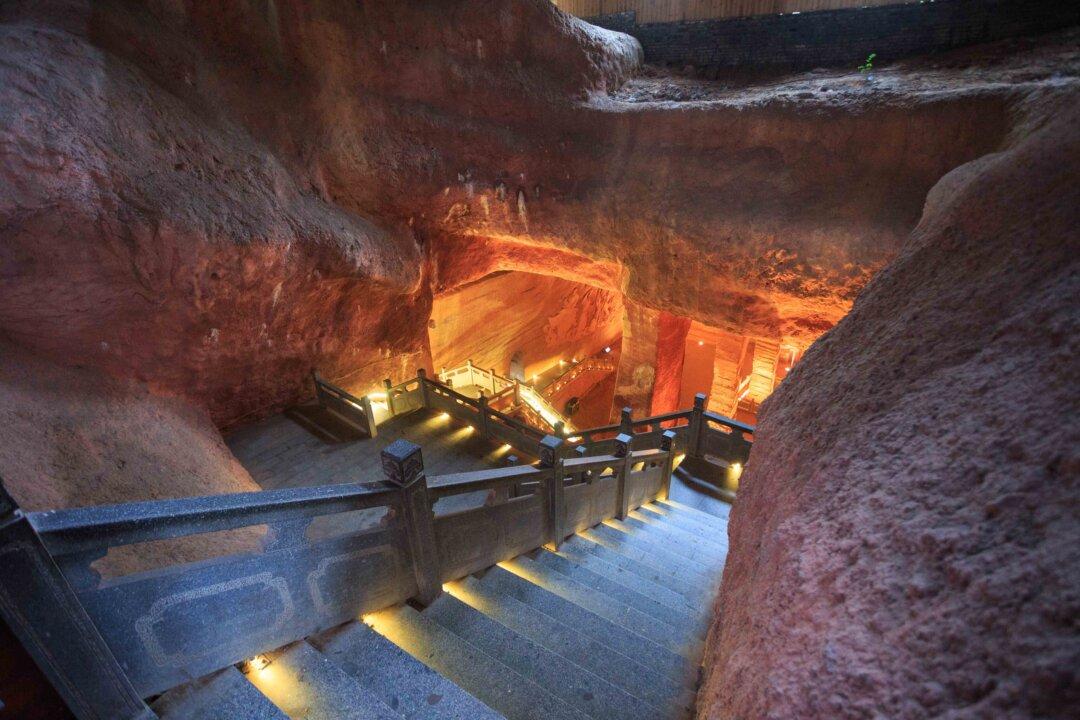The ancient necropolis of Otuzco bears testimony to the past grandeur of the people of Cajamarca, a valley nested in the highlands of northern Peru. But very little is known about this curious archaeological wonder or about its builders, who used it as early as 3,400 years ago, and even today little attention is paid to this spectacular archaeological site. According to a report in Peru This Week, an agreement has now been reached between the public and private sector in Peru to make the site more accessible to the public so the important ancient site can be appreciated by all.
The necropolis of Otuzco, otherwise known as Ventanillas de Otuzco (‘Windows of Otuzco’), is located 8 km from the city of Cajamarca, in the district of Los Baños del Inca, Peru. The date of its construction is uncertain, but some ceramic pieces have been dated to 1400 BC, suggesting that the ancient site pre-dates the Cajamarca culture (500-1450 AD), a small polity in the Peruvian highlands, which was conquered by the Inca empire.
There are a total of 337 niches in Otuzco, most of them square to rectangular in shape. Archaeologists have been able to identify two main types: the simple type, for the majority, and the multiple type, comprising of a corridor flanked by lateral niches.
The Ventanillas de Otuzco was a vast necropolis, carved out of the surrounding rocky hill, painstakingly and with amazing precision, to house the remains of the dead. The Ventanillas was an important place for honouring one’s ancestors. First the deceased were buried in the ground until the body had become sufficiently decomposed. The skulls and bones were then dug out and placed in the niches along with their belongings.
According to belief at the time, death amounted to a continuation of life; therefore, utensils, food, and other offerings were assembled in the funerary niches. The ceramics found at the site have been dated to the following periods: Late Huacaloma, and Early, Medium, and Late Cajamarca. These periods span the years 1130 BC to 1240 AD, bearing witness to nearly 2,400 years of settlement.
The archaeological site will now see the installation of public toilets, drainage, access arrangements, among other modern amenities that will make visitors feel welcome and comfortable as they visit this amazing and important ancient site.
Republished with permission from Ancient Origins. Read the original.
*Image of “Ventanillas de Otuzco“ via Shutterstock




